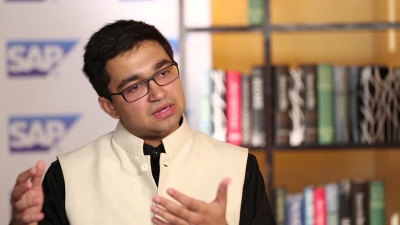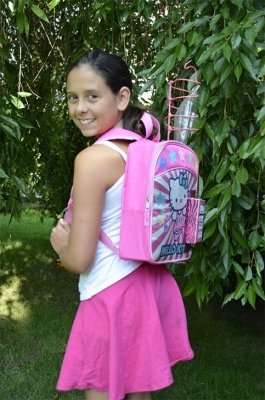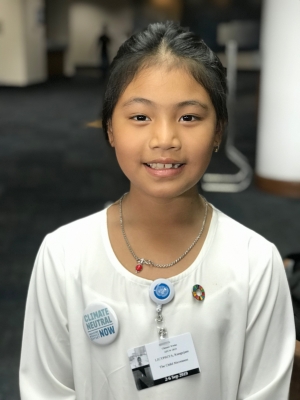Who invented an assistive device that converts breath to speech?

When most kids ask their parents for a puppy, they either get one or don’t. But when little Arsh asked his parents for one, he was gifted a Lego Mindstorms kit instead. While most of us would have been dejected at the thought of not getting what we wanted, Arsh made the most of it. He used his skills to build himself a robot puppy from the Mindstorms kit. This, however, is only the beginning of Arsh’s innovative journey.
The robo master
Born in March 1998 in Panipat, Haryana, Arsh has always been interested in robotics. The young boy has received constant support from his parents, and his journey robotics began with the Lego Mindstorms kit.
It was 2010 when Arsh was 12 years old, that he built the robot dog. The same year, Arsh won the national-level Indian Robot Olympiads. The next year, he won the first position in the North Zone in INSPIRE creation was an unmanned ground vehicle, which also fetched him honours in 2012 from then President Pratibha Patil.
In the following years, Arsh has gone on to build a 50 cm-tall humanoid which can do push-ups, stand on its head and climb stairs, and a hexapod (spider-like robot),among others.
Time to TALK
One of Arsh’s most notable inventions has been TALK, an Augmentative and Alternative Communication (AAC) device that helps people with speech troubles, including those who cannot speak or communicate normally. How does it do this, you ask? The device processes a user’s breath patterns through Morse code and converts it to speech. Almost the same weight as a smartphone, TALK takes only 0.8 seconds to dictate the letter ‘A’, 0.4 seconds for ‘E’ etc. Considered one of the fastest AAC devices, TALK has nine different voices for different age groups and genders.
In 2014, TALK was selected as one of the Top 15 Projects of Google Science Fair. Arsh was the only Asian in the final round of the Fair.
While he didn’t win the top honours, his innovation won the Voter’s Choice accolade at the Google Science Fair.
Arsh, who is now pursuing his studies at the Princeton University, Princeton, New Jersey, the U.S, has been in talks with manufacturers for commercialising TALK, and continues to innovate and build robots.
What make him special?
His passion for innovation. Since a young age Arsh has stayed focussed, pursued his passion, and continues to innovate and build things.
Picture Credit : Google


